
The 2019 Program Excellence Award winners were named at the annual banquet, held Oct. 23.
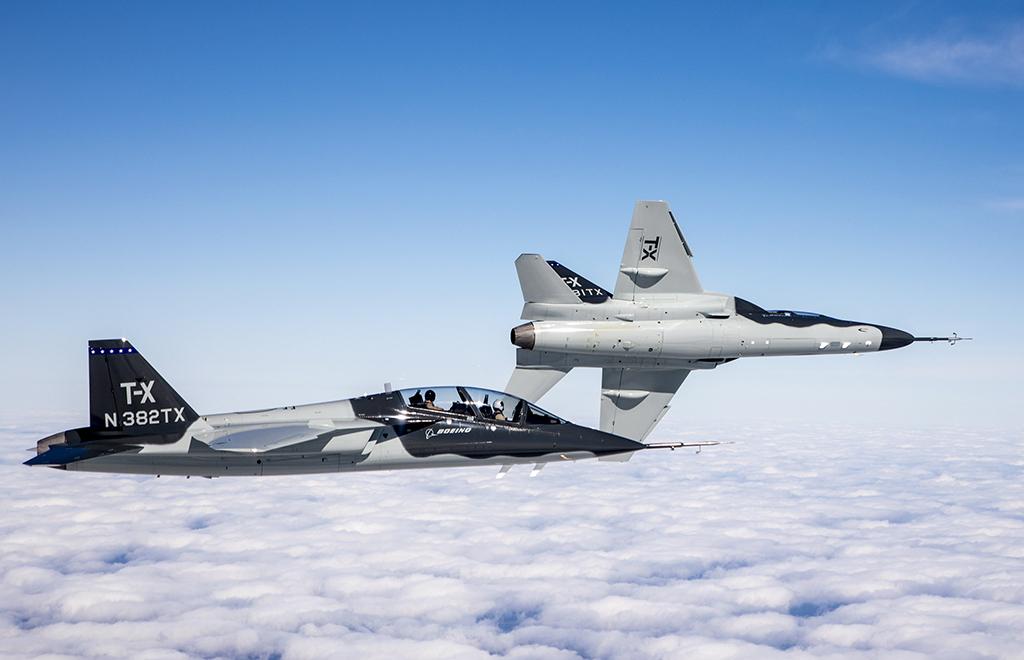
Game Changer Award Winner
Boeing T-X/T-7A Advanced Pilot Training System
Boeing and its partner Saab used model-based engineering to develop a product prior to the competition, building in the flexibility to evolve as technologies, missions and training needs change in the future—and allowing the system to be relevant for decades to come. It was designed to provide a safer, more efficient training approach that produces more capable pilots more quickly. Thirty-six months after setting a firm concept, the team built two production-relevant jets, driving time out of the design and development timeline.
This Game Changer Award, only the second in Program Excellence history, recognizes a new model for defense contracting bids and a proposal that disrupts the processes around design and development, production and working with the supply chain.
Ted Torgerson, Boeing, program integration lead
Paul Niewald, Boeing, senior director and chief engineer
Tomas Karlsson, Saab Aerospace, director
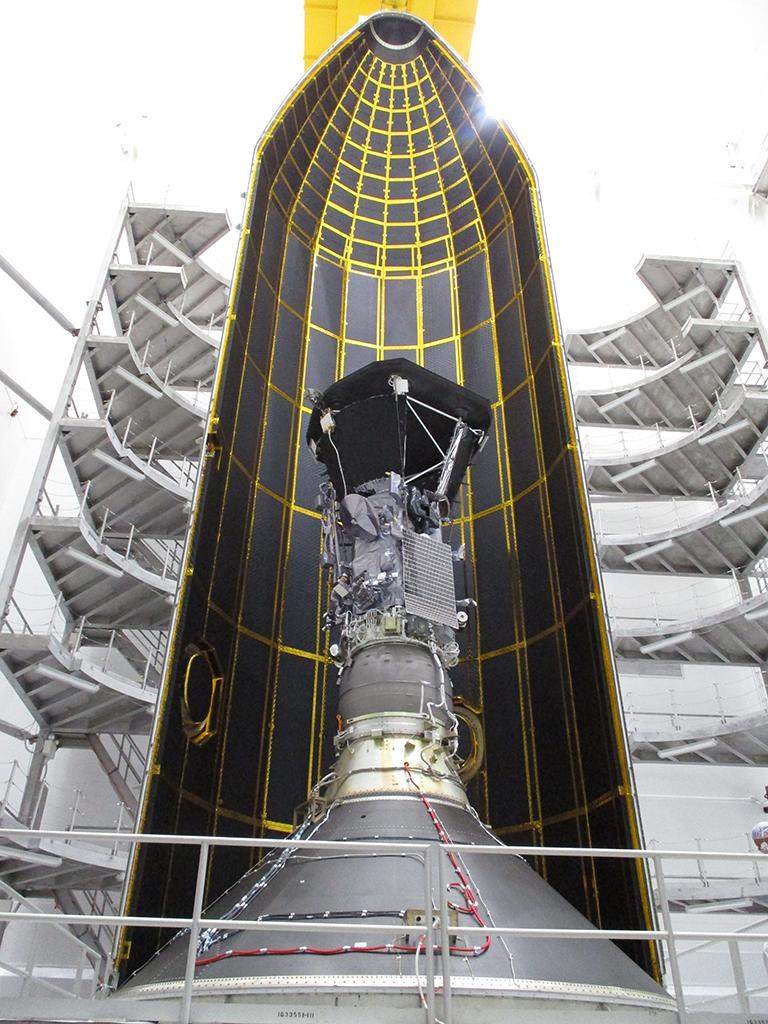
Special Projects Award Winner
Northrop Grumman’s Parker Solar Probe Upper Stage
The upper stage is part of the Parker Solar Probe, designed and built by the Applied Physics Lab at Johns Hopkins University to travel faster and closer to the Sun than any previous mission. The upper stage was developed under contract and in partnership with United Launch Alliance. As with most space programs, this one faced schedule constraints imposed by a predetermined launch window, which meant the upper stage had to be completed in 36 months. Several best practices were identified with this winner:
• Reuse of heritage components and subsystems
• New and adapted design elements
• A "Go-to-Green" process to ensure resources and strategies were in place to meet a systemic primary path of development and secondary options.
Phil Joyce, Northrop Grumman, vice president of management
Dan Adams, United Launch Alliance
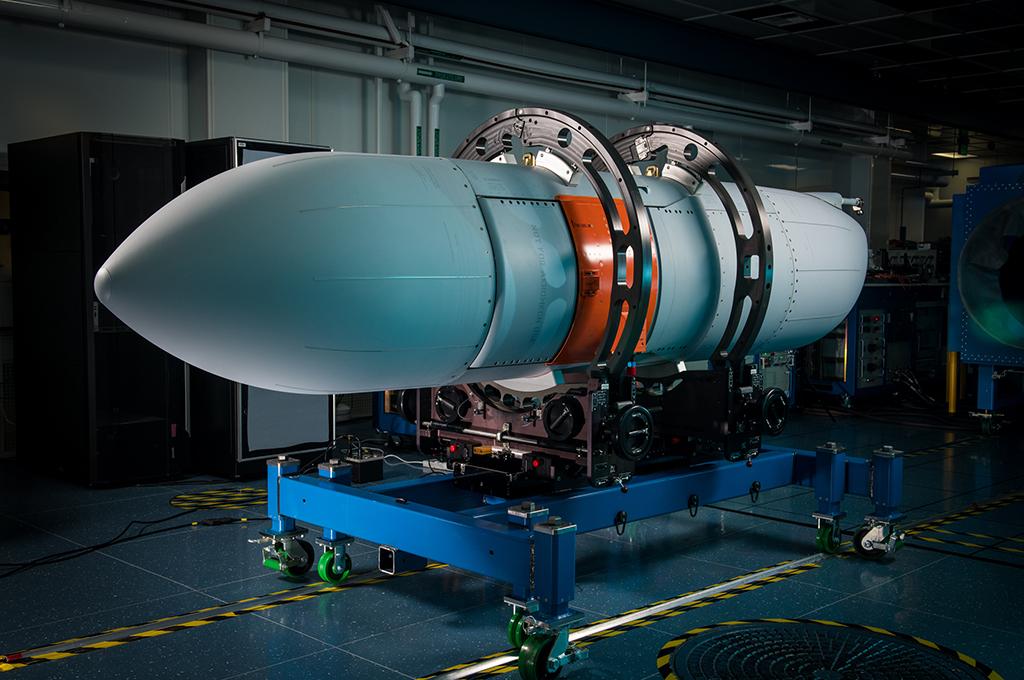
Supply Chain System Design Award Winner
CPI Aero Next-Generation Jammer Mid-Band Pod
The product features a bold design and high levels of manufacturing precision and agility by both CPI Aero and its customer, Raytheon. Early on, Raytheon tapped CPI to provide the pod, leading to a tightly integrated effort in which CPI joined in design reviews to provide manufacturing insight into the design cycle, rather than the traditional multitiered design review.
CPI was able to prioritize higher lead-time parts ahead of less complex parts—an important factor, given the 430 high-precision detail parts sourced and managed by CPI Aero.
To further reduce time for this “urgent-need” effort for the Pentagon, CPI engaged its own suppliers with prereleased drawings and a contractual vehicle whereby detail drawings were circulated with predetermined boundaries that allowed CI Aero’s supply chain to begin its sourcing, manufacturing planning and limited production ahead of finalized documents.
Derick Martin, CPI Aero, senior program manager
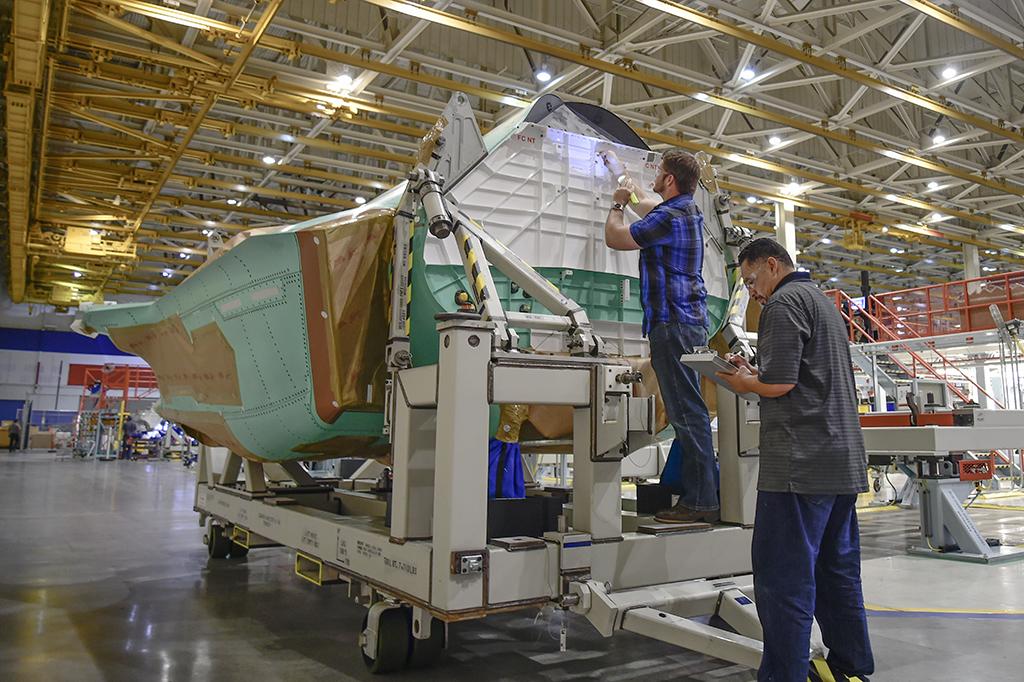
Supply Chain Production Award Winner
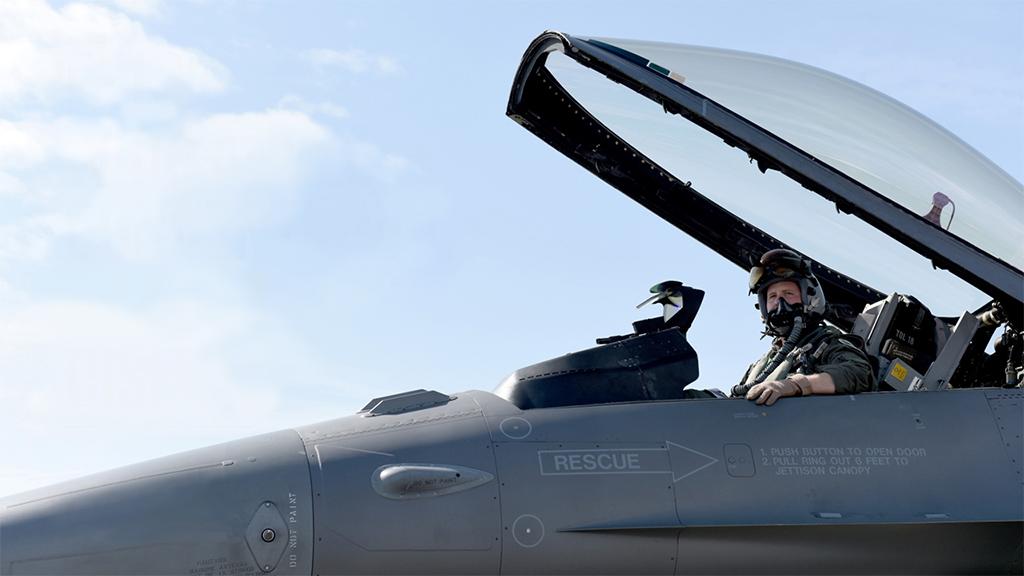
Supply Chain Sustainment Award Winner
Elbit Systems of America F-16 HUD Value Engineering Upgrade
Realizing there was a marked increase in the number of repairable head-up displays (HUD) , the Elbit team saw an opportunity to provide a retrofit replacement kit that would provide a new design, reduce total part count, improve reliability, lower power consumption and eliminate component obsolescence.
The team achieved its objectives through a strong integrated product team concept, a single vision of protecting and saving lives, strong relationships within Elbit to carefully orchestrate production and deliveries, and a set of processes that ensured team members and their work were synchronized in a manner that ensured delivery and no wasted cost.
Jimmy Johns, Elbit Systems of America, business unit manager
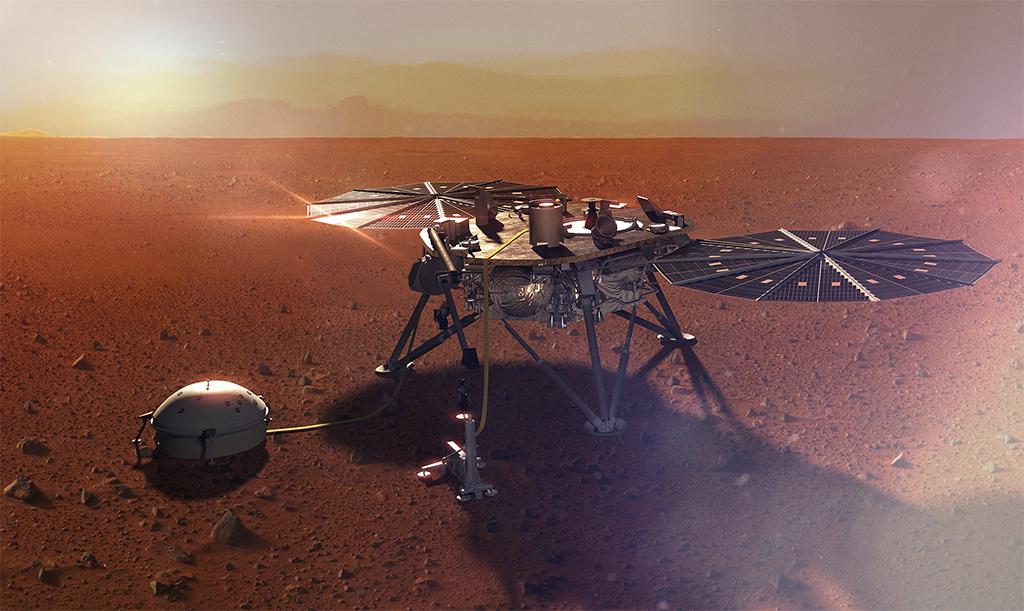
OEM Systems Design Award Winner
Lockheed Martin InSight
(Interior Exploration using Seismic Investigations, Geodesy and Heat Transport)
InSight is part of a mission to land on Mars, deploy instruments to the surface and study the planet’s interior, but the broader science goal is to illuminate fundamentals of the formation and evolution of terrestrial plants.
Unique attributes included using a heritage design from the Mars Phoenix lander along with updates to address obsolescence, increased parachute snap load and methods for increasing and managing power loads over the mission’s duration. Both major science instruments were provided by international partners, requiring a strong interface plan. The “soft landing”—the fourth in history—presented another first: robotic deployment in direct contact with the Martian soil. These engineering and science firsts required significant planning expertise, from reuse of design and systems—notching up $8 million in savings—to staffing that flexed with workload, resulting in $7 million in savings.
Stuart Spath, Lockheed Martin, director of Deep Space Exploration
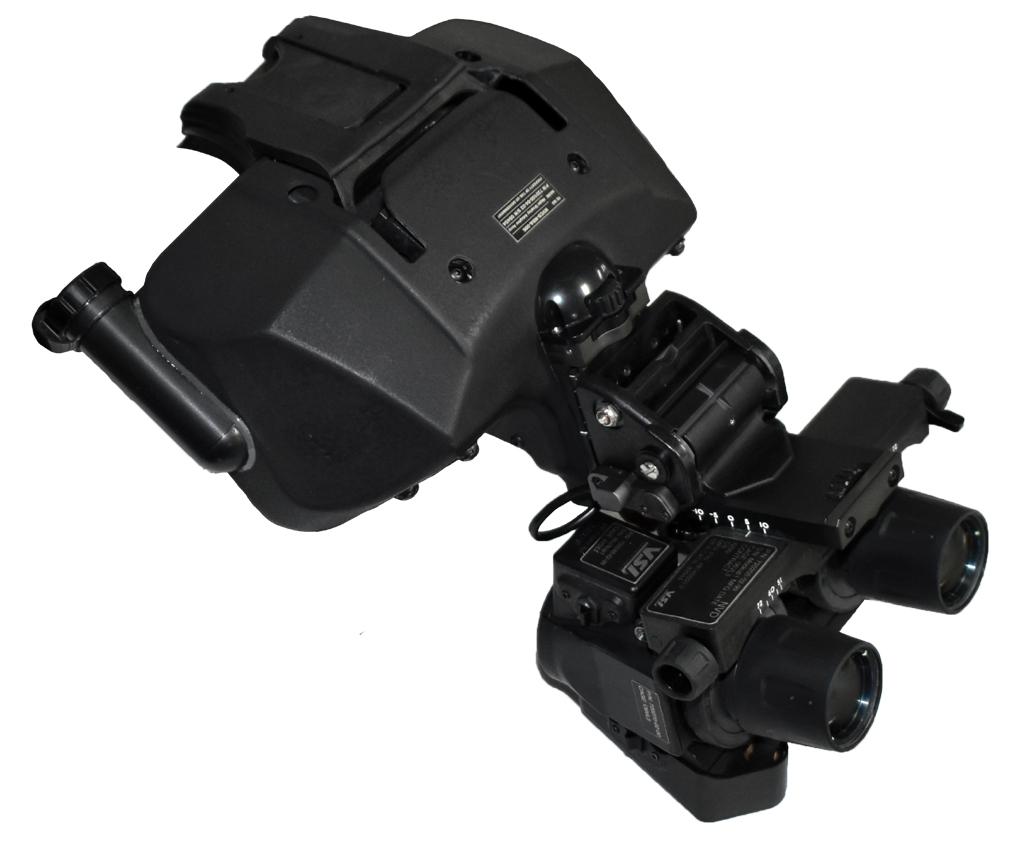
OEM System Production Award Winner
CEVS Night Vision Cueing Device from the joint venture of Elbit Systems of America and Collins Aerospace
Sharing this year's award is the CEVS team, which responded to the need for a night vision device (NVD) that worked seamlessly with the Joint Helmet-Mounted Cueing System—but at a lighter weight than the traditional NVD. Elbit Systems contributed a patented modular system that was easy to snap onto the helmet-mounted device that included a mission video-recording system and a smaller image-intensified tube.
The assembly requires a 32-step process, 23 steps of which involve custom lenses. A matrix integrated production team was developed to include the U.S. Navy, CEVS and suppliers. A pod or flow-booth assembly system was developed, with team members rotating pods every two weeks to ensure that all team members are fully capable across multiple jobs.
Martin Cielinski, Elbit Systems of America, CEVS program director
Matt O’Brien, Collins Aerospace, CEVS program director
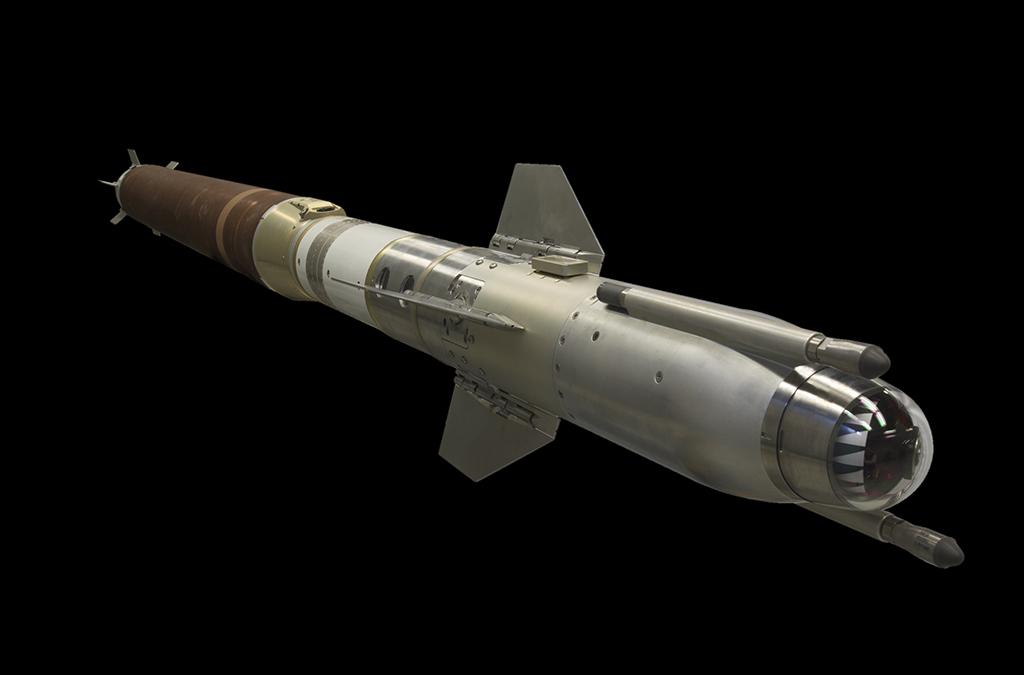
OEM System Production Award Winner
Raytheon’s Rolling Airframe Missile
Sharing this year's award is the Rolling Airframe Missile. The product of a transatlantic partnership, the program has served the U.S. and German navies for more than four decades, delivering over 5,500 missiles and 200 launchers with an on-time delivery record of over 12 years. The flight-test success rate has exceeded 90% in threat engagements.
With a program of this duration, the focus for the past three years has been on “what if”—resulting in opportunity identification and implementation efforts that have led to quality and yield rates greater than 95%, increased efficiency, introduction of metrics that prompt the team to lean into new opportunities, and removal of non-value-added processes, achieving a 20% improvement in production.
Justin Jenia, Raytheon, Rolling Airframe Missile Program director
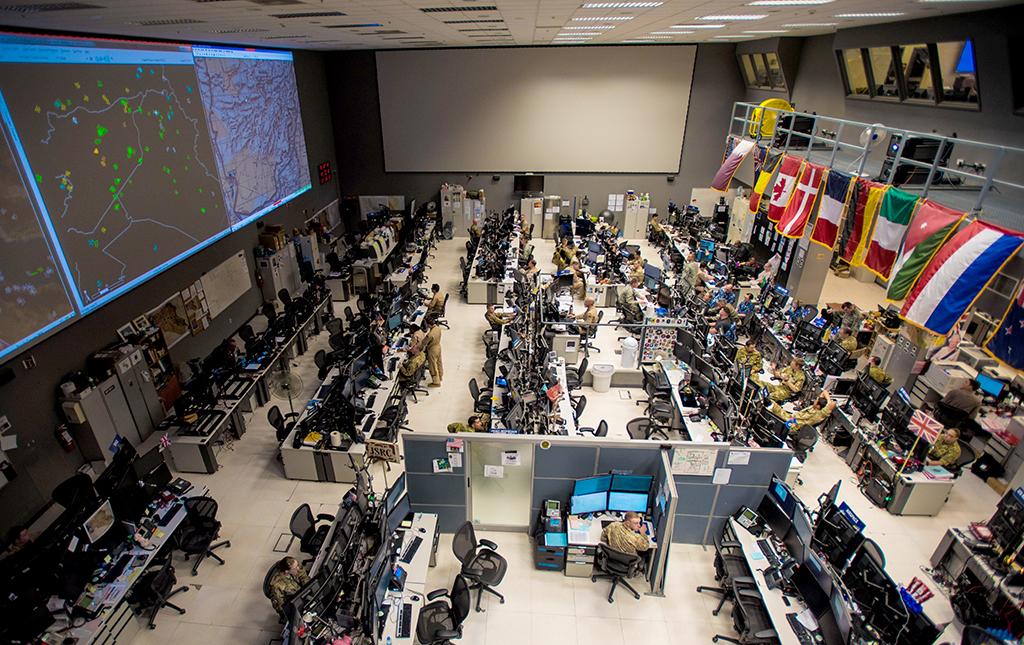
OEM Sustainment
Raytheon Air Force Air Operations Center
The program is deployed to 22 locations to serve as command-and-control centers, receiving, hosting and parsing incoming data used in “fusion warfare.” The core function, air tasking orders, has gone from a highly manual process to a more accurate, faster automated system.
The system uses an open architecture composed of small "plug-and-play" apps that are delivered as they become available through Raytheon’s use of Agile software development. The Air Operations Center Block 20 runs within the Air Force’s new Kessel Run, a title drawing on the name of the most heavily used smuggling route in Star Wars’ Galactic Empire.
Todd Probert, Raytheon, vice president of C2 space and intelligence
In the past 16 years, the Aviation Week Network and companies from across the aviation and aerospace industry have evaluated more than 400 programs—in the commercial aviation, space and defense sectors—as part of the Program Excellence Initiative. While the awards recognize the best of the best each year, the process was designed to use an evaluation/scoring process to support the professional development of program/project leaders at companies.
